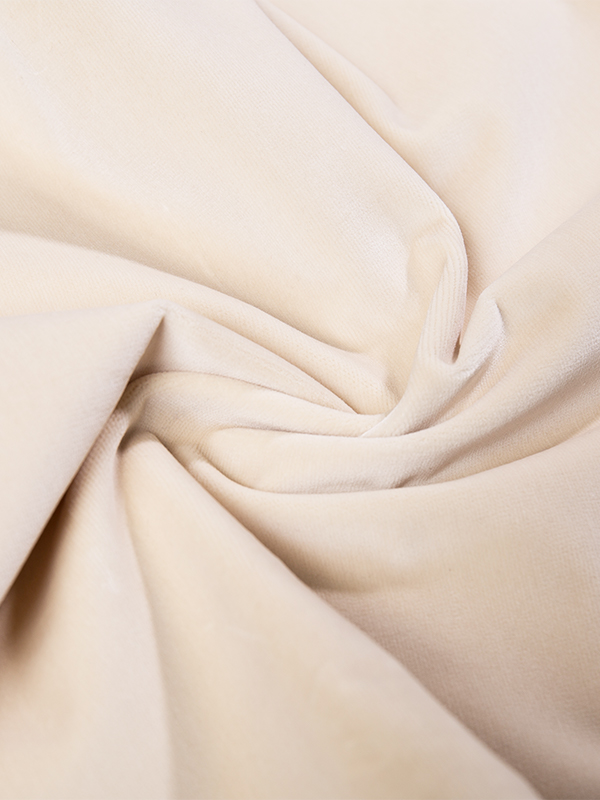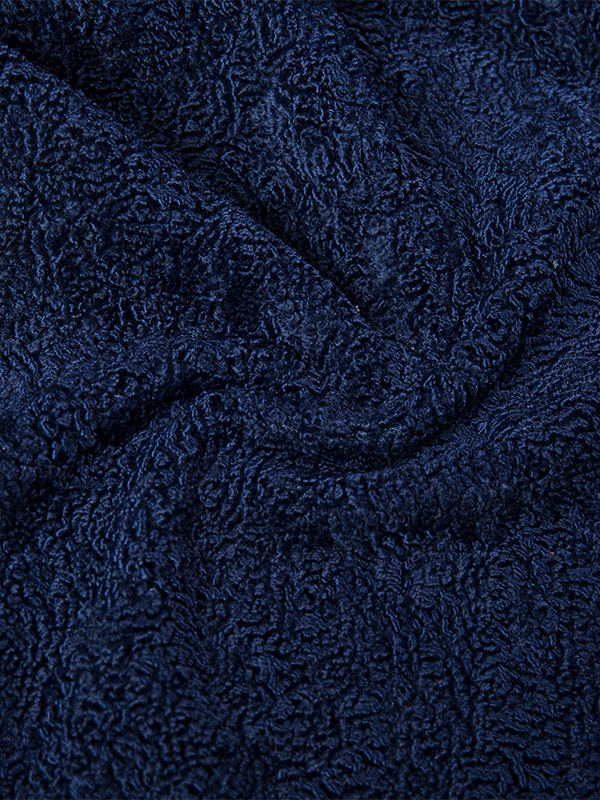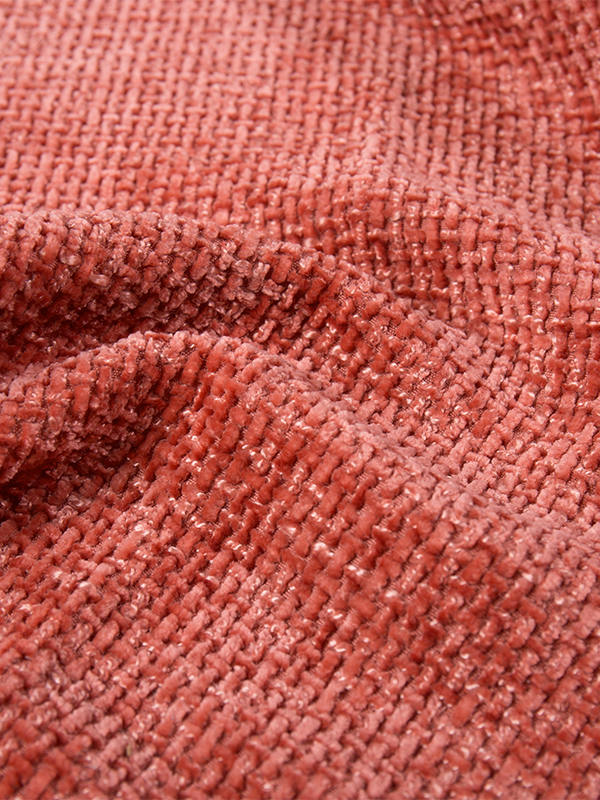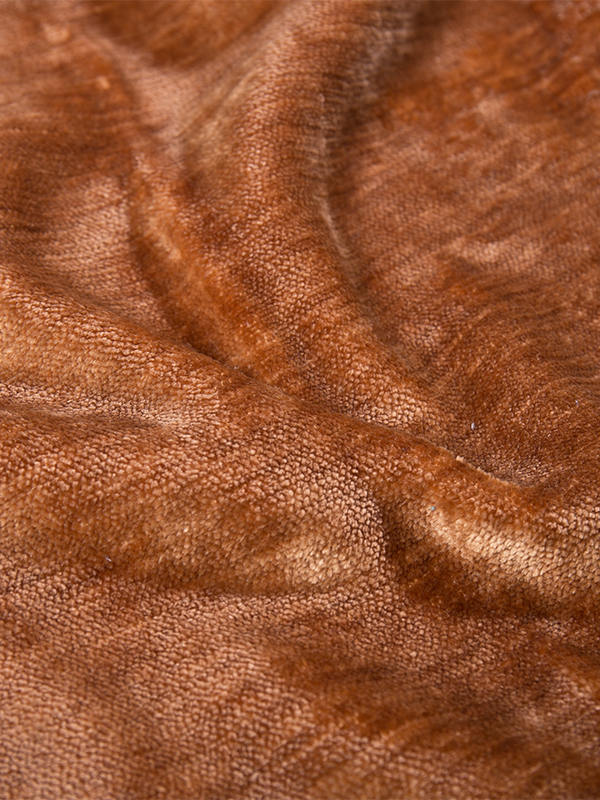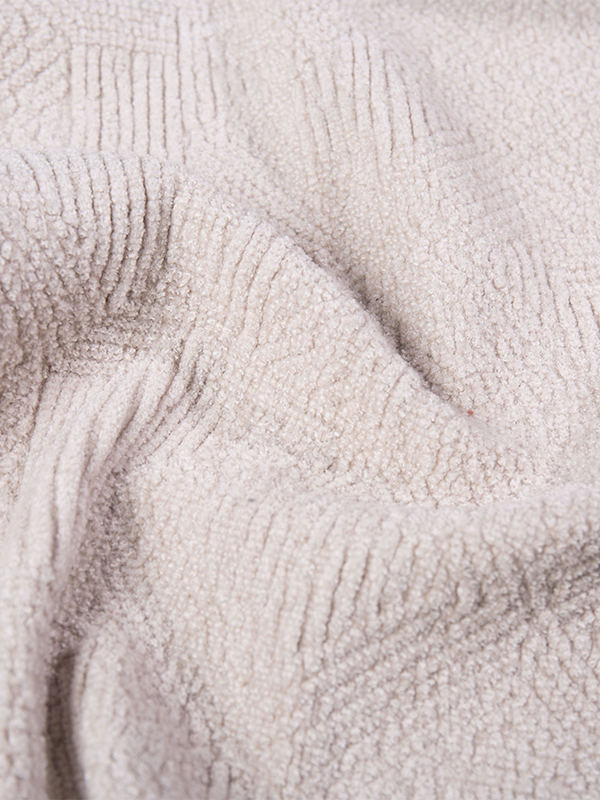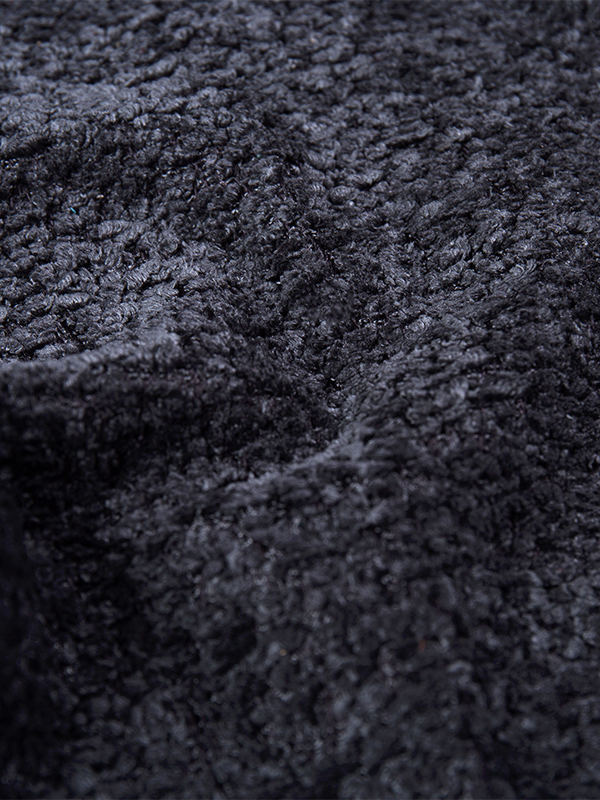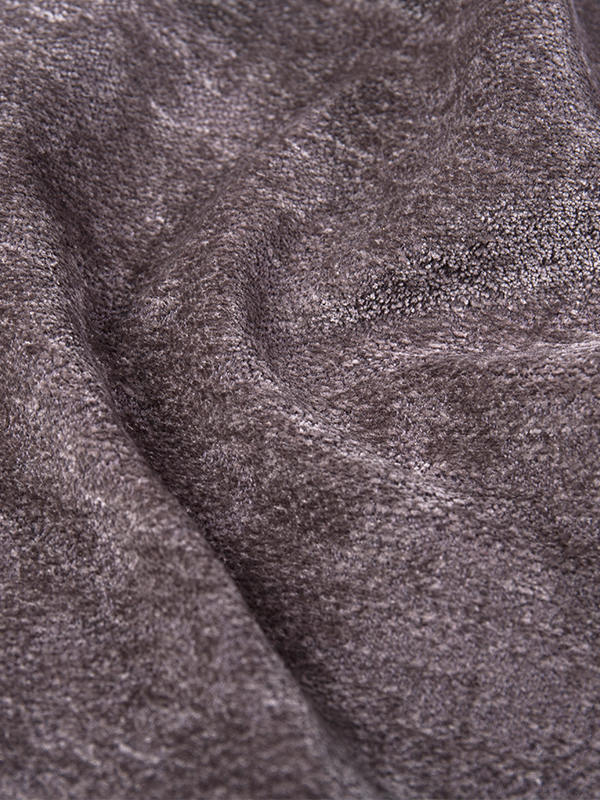Embossed polyester microfiber fabric is made primarily from polyester fibers that are finely spun to produce microfibers—thin filaments finer than typical polyester yarns. These microfibers result in a fabric that is soft, lightweight, and breathable, while also providing durability and ease of care. The embossing process applied to polyester microfiber fabric involves pressing heated engraved rollers or plates onto the fabric surface, creating raised patterns without affecting the underlying fiber structure. This technique enhances the tactile quality and adds a decorative element, making the fabric appealing for upholstery, apparel, and home textiles.
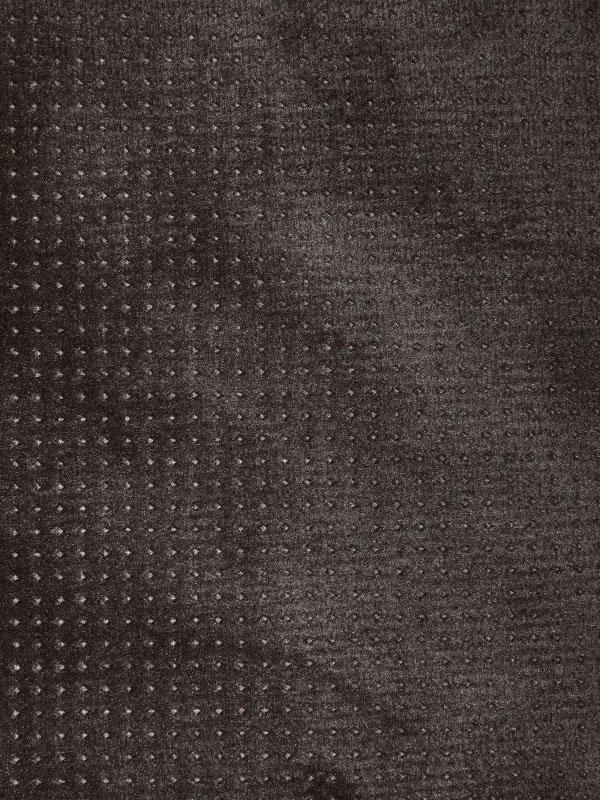
One notable characteristic of embossed polyester microfiber fabric is its resistance to wrinkling, shrinking, and fading. The synthetic nature of polyester contributes to these performance qualities, allowing the fabric to maintain its appearance after repeated washing or prolonged exposure to light. Moreover, microfiber's fine fiber structure offers moisture-wicking capabilities, making embossed microfiber fabric suitable for activewear and outdoor furnishings. Cleaning and maintenance are straightforward, as the fabric repels stains to some degree and dries quickly.
In contrast, embossed velour fabric is typically composed of cotton, polyester, or a blend of fibers, and it is distinguished by a plush, velvety surface created by its pile construction. The fabric consists of a base layer with loops of yarn either cut or uncut to form a soft, dense pile. Embossing velour fabric involves applying heat and pressure to imprint patterns onto this pile surface, which can alter the texture by flattening or selectively compressing areas of the pile. This process adds visual complexity and tactile variation, often emphasizing the luxurious feel associated with velour.
The texture of embossed velour fabric tends to be richer and more tactile compared to embossed polyester microfiber fabric due to the presence of the pile. While the embossing enhances the design, it may also slightly reduce the plushness in the embossed areas, creating an appealing contrast between raised and flattened regions. Velour fabric is appreciated in upholstery, fashion, and home décor applications where softness and a sense of luxury are important. However, the pile structure requires more attentive maintenance, as it can attract dust and show wear over time.
Durability is another point of comparison. Embossed polyester microfiber fabric generally offers greater resilience against abrasion and fading, owing to its synthetic composition and tightly woven structure. It is well-suited for environments where frequent use and cleaning are expected, such as commercial upholstery or activewear. Embossed velour fabric, while durable within the context of soft furnishings and apparel, may be more prone to pile crushing and color fading if not properly cared for. This makes velour better suited for settings where a softer feel and appearance take precedence over heavy wear resistance.
From an aesthetic perspective, both fabrics provide varied patterning options thanks to embossing, but the final look differs due to the base fabric's nature. Embossed polyester microfiber fabric tends to have a smoother overall appearance with sharp, well-defined embossed designs that retain clarity over time. Its finish can range from matte to slightly shiny, depending on the fiber treatment and weave. Embossed velour fabric presents a more dynamic surface with light and shadow effects created by the pile and embossing combination. The depth and softness of the velour surface give patterns a more organic and dimensional quality.
Cost considerations also influence fabric choice. Polyester microfiber fabrics are often more affordable to produce and purchase, partly because polyester is a widely available synthetic fiber with efficient manufacturing processes. Velour fabric, especially those with higher cotton content or specialty finishes, may carry a higher price due to the complexity of the pile construction and finishing requirements.

 English
English 中文简体
中文简体 русский
русский عربى
عربى Español
Español